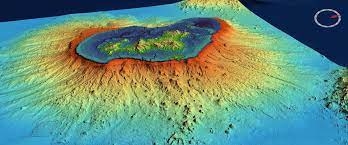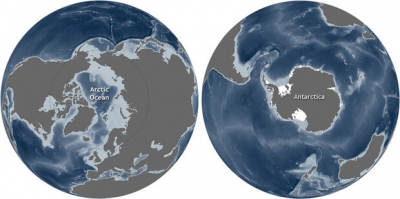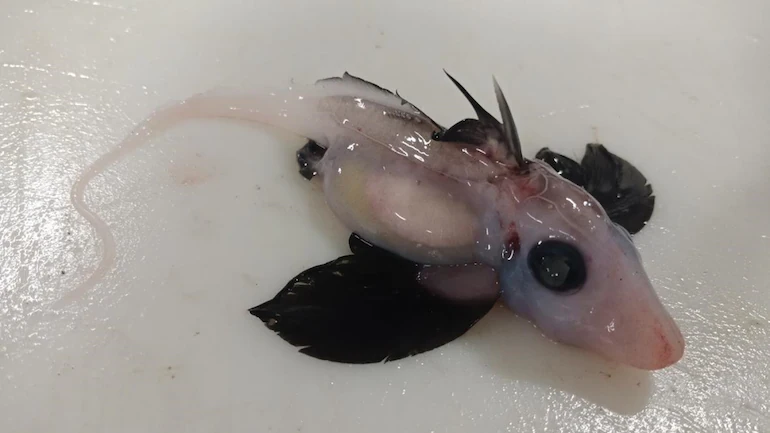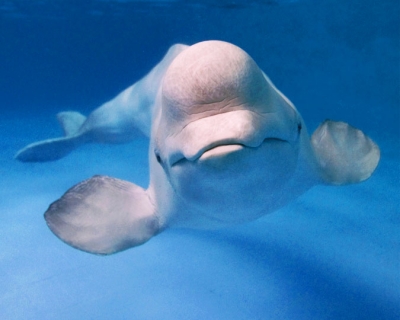IS THERE ANY UNDERWATER VOLCANO IN THE ISLAND OF MAYOTTE?

In 2018, seismometers around the world detected mysterious rumbles emanating from a usually quiet area in the Indian Ocean between Comoros and Madagascar. At the time, researchers were astonished to find a 2,690-foot-tall underwater volcano, which is about 1.5 times the height of the One World Trade Center in New York.
The volcano was formed after the largest underwater eruption ever detected and now, scientists suspect that the volcano draws its lava from the deepest volcanic magma reservoir known to researchers.
Scientists first took notice of volcanic activity about 31 miles east of the French island of Mayotte in 2018 when seismic hums, or low-frequency earthquakes, were detected by seismometers all over the globe. However, the huge underwater volcano shocked scientists because only two seismic events had been recorded near Mayotte since 1972. Before that, a layer of 4,000-year-old pumice in a lagoon nearby is the only additional evidence of an eruption ever found. After researchers noticed that the island was moving eastward about 7.8 inches a year, they installed ocean-bottom seismometers and GPS systems to track the island's fascinating geological activity. To understand the origin of the tremors that began in 2018, the study’s lead author Nathalie Feuillet, a marine geoscientist at the French National Center for Scientific Research, along with her team embarked on a mission—dubbed MAYOBS1—aboard the French research vessel Marion Dufrense in 2019.
Credit : Smith sonian magazine
Picture Credit : Google


